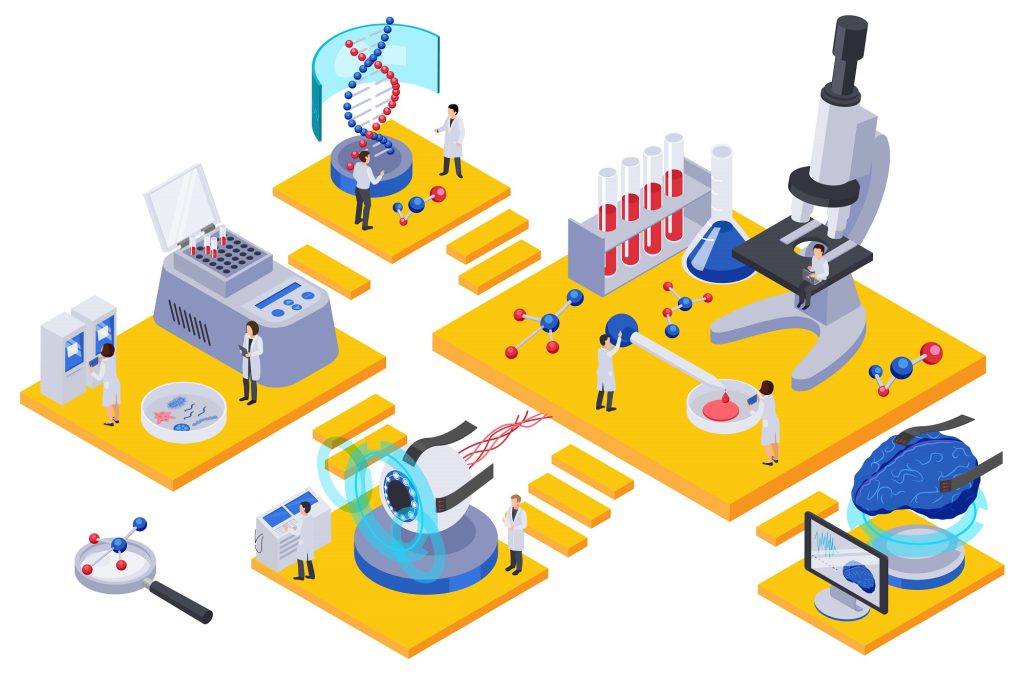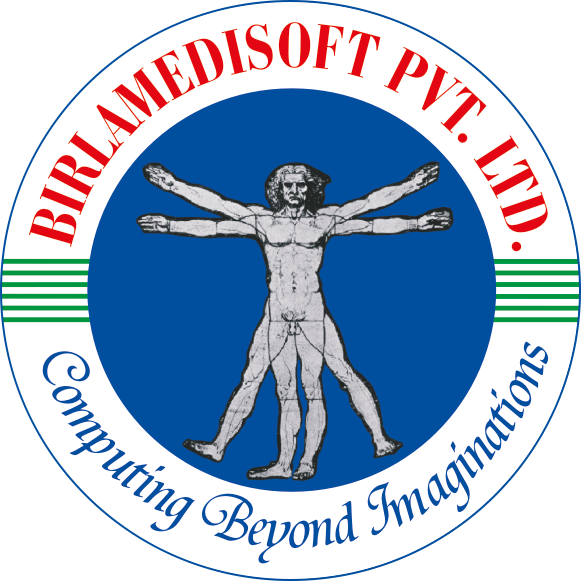

There are several types of Laboratory Information Management Systems (LIMS) designed specifically for pathology labs and diagnostics centers. Here are some common types:
Clinical LIMS: Clinical LIMS is designed to manage the workflow and data associated with clinical pathology laboratories. It handles functions such as patient and sample management, test ordering and tracking, result reporting, quality control, and compliance with regulatory requirements. Clinical LIMS often integrate with other systems, such as Electronic Health Records (EHR) or Hospital Information Systems (HIS), to facilitate seamless data exchange.
Anatomic Pathology LIMS: Anatomic Pathology LIMS is tailored to the specific needs of anatomical pathology laboratories. It supports the management of tissue samples, accessioning, specimen tracking, slide preparation, staining, digital imaging, and reporting of pathology results. Anatomic Pathology LIMS may also include features for managing frozen sections, immunohistochemistry, molecular pathology, and cytology.
Molecular Diagnostics LIMS: Molecular Diagnostics LIMS focuses on managing the complexities of molecular testing and analysis. It supports the management of DNA/RNA samples, nucleic acid extraction, PCR (Polymerase Chain Reaction), Next-Generation Sequencing (NGS), data analysis, and result interpretation. Molecular Diagnostics LIMS often integrates with molecular instruments and bioinformatics tools for efficient data exchange and analysis.
Clinical Genomics LIMS: Clinical Genomics LIMS is designed specifically for managing genomic and genetic testing in diagnostic laboratories. It handles functions such as sample tracking, variant annotation and interpretation, variant reporting, variant database management, and compliance with regulatory standards. Clinical Genomics LIMS often integrates with bioinformatics tools, genomic databases, and variant interpretation platforms.
Cytogenetics LIMS: Cytogenetics LIMS is tailored for laboratories performing cytogenetic testing and analysis. It supports the management of chromosome analysis, karyotyping, FISH (Fluorescence In Situ Hybridization), and other cytogenetic techniques. Cytogenetics LIMS helps track patient samples, generate, and manage karyotype reports, and ensure quality control and compliance with industry standards.
Histology LIMS: Histology LIMS focuses on managing the workflow and data associated with histopathology laboratories. It supports the management of tissue processing, embedding, sectioning, staining, slide tracking, and result reporting. Histology LIMS may also include features for managing special stains, immunohistochemistry, and digital pathology workflows.
Point-of-Care Testing (POCT) LIMS: POCT LIMS is designed to manage point-of-care testing in various healthcare settings, including diagnostics centers. It supports the management of rapid diagnostic tests, such as glucose monitoring, blood gas analysis, coagulation testing, and infectious disease testing. POCT LIMS enables real-time data capture, result reporting, quality control, and integration with other systems for seamless data exchange.
These are just a few examples of LIMS tailored for pathology labs and diagnostics centers. The specific features and capabilities of LIMS may vary depending on the specific needs and requirements of the laboratory or diagnostic center. It’s important to select a LIMS that aligns with the specific workflows and testing methodologies of the laboratory and provides the necessary functionalities to enhance efficiency, accuracy, and regulatory compliance.


